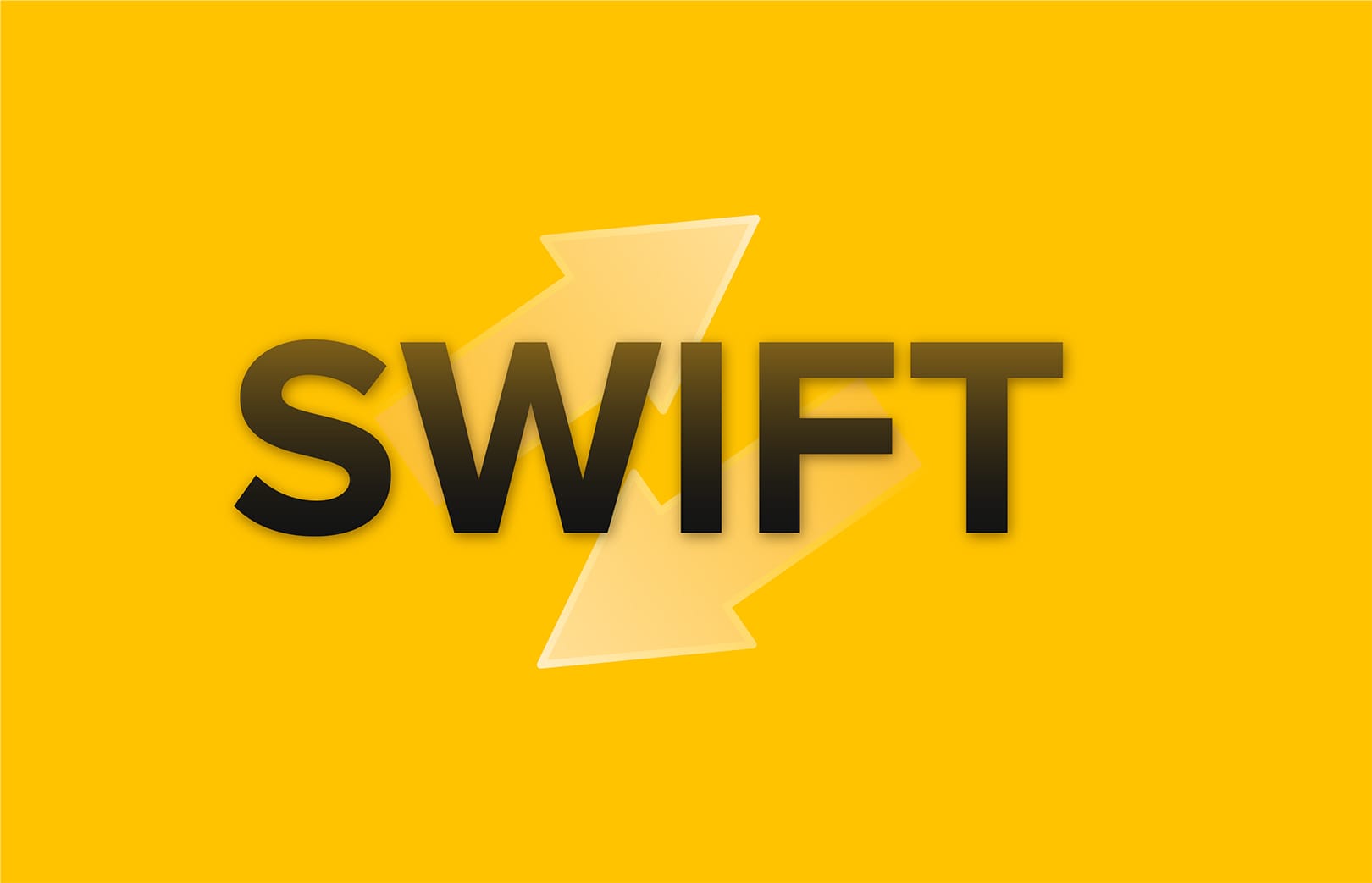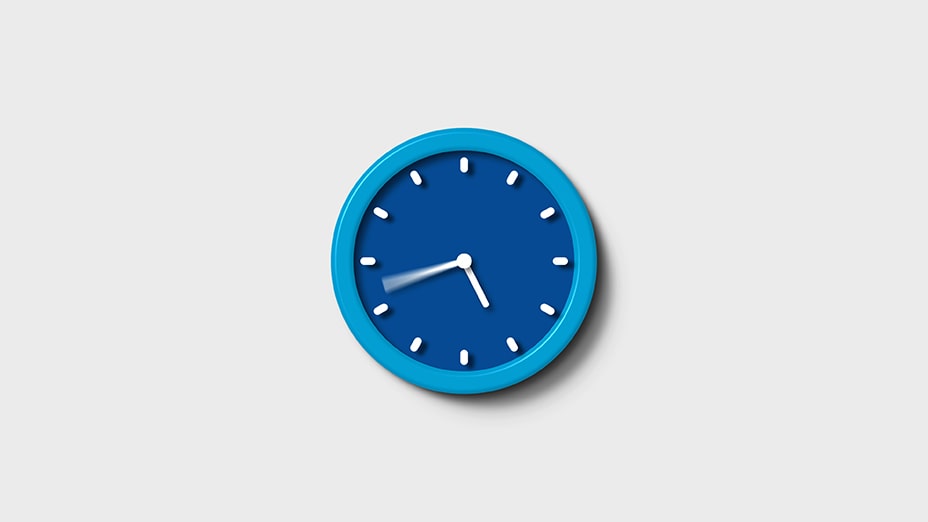What is SWIFT: All You Need to Know about SWIFT Transfers

In 1973, the Society for Worldwide Interbank Financial Telecommunication, or SWIFT, has been created in Brussels by 239 banks from 15 countries. The primary goal of it was the creation of a single standard for payment network, with standardized messages enabling banks to send and receive SWIFT transfers.
By now, SWIFT is the biggest payment network in the world that supports transactions of any size in virtually all worldwide currencies, and it facilitates over $6 trillion in domestic and international transfers daily.
What are SWIFT Payments?
SWIFT payments are local or international transfers of money between any banks and in any currencies represented in the SWIFT network. Essentially, SWIFT transfers can be sent from any of your banking accounts to any other banking account in the world, using any currency both of the accounts support.
With SWIFT transfers you can pay international invoices, send funds to your friends and relatives, buy real estate abroad, send your money home if you live and work abroad. Having a banking account connected to SWIFT allows you to receive a salary, social payments, have all incoming payments from your partners, friends, and family.
How Does SWIFT Work?
SWIFT transfers are electronic payment order messages, sent between the banks in an electronic form. The funds you are sending is not being sent physically to the recipient, which allows SWIFT transactions to be executed in 2 to 5 banking days at maximum.
When you trigger an international transfer from your web or mobile application, your banking provider deducts money from your account and asks the receiving bank to put the same amount in your recipient’s account right away with a SWIFT message. Both banks usually have commercial accounts within each other and can clear the transactions at the end of the day and physically send only a fraction of funds that have been processed with SWIFT payments between them.
If the banks don’t have direct communication, there’s always a network of big correspondent banks that can route a payment via themselves and/or other 3rd party banks for a small fee.
All these complex operations that allow saving time and money are executed deep under the hood, and you as an end-user are left with a convenient user interface to send and receive transactions, to and from anywhere.
What Do I Need To Receive SWIFT Transfers?
In most cases, your credentials are created together with your banking account and can be copied in the ‘Add Funds’ section of your app. To receive SWIFT payments, you will only need to provide your Beneficiary Account name, your IBAN and the desirable SWIFT code, a unique identifier of your account provider in the SWIFT network.
For example, Satchel’s BIC code is STUALT21, and the IBAN you need for receiving money is, well, your account number, which can be copied from the app. These two numbers are sufficient to receive international transfers in any of the 38 supported currencies directly to your Satchel account.
How Do I Send SWIFT Transfers?
Vice versa, to send SWIFT payments, you will need only these two numbers from your recipient. Open the Send Wire Transfer menu, enter the credentials, your desired transaction amount, and confirm, that’s all.
To send a transfer within the EU countries, you will only need the IBAN, as this transfer will be sent automatically using the European SEPA network. If you are sending SWIFT transfers to a non-EU country, a BIC/SWIFT code will be compulsory, but the process will otherwise be similarly simple.
Why Use Satchel For International Transfers?
Satchel provides all necessary functions to send and receive SWIFT transfers to any participating bank from over 100 countries, in any of the 38 supported currencies. Satchel’s web version and mobile apps are clearly designed and provide all information required for SWIFT payments right under your fingertips. Satchel provides stellar customer support in case you have any questions regarding SWIFT payments at any stage.





